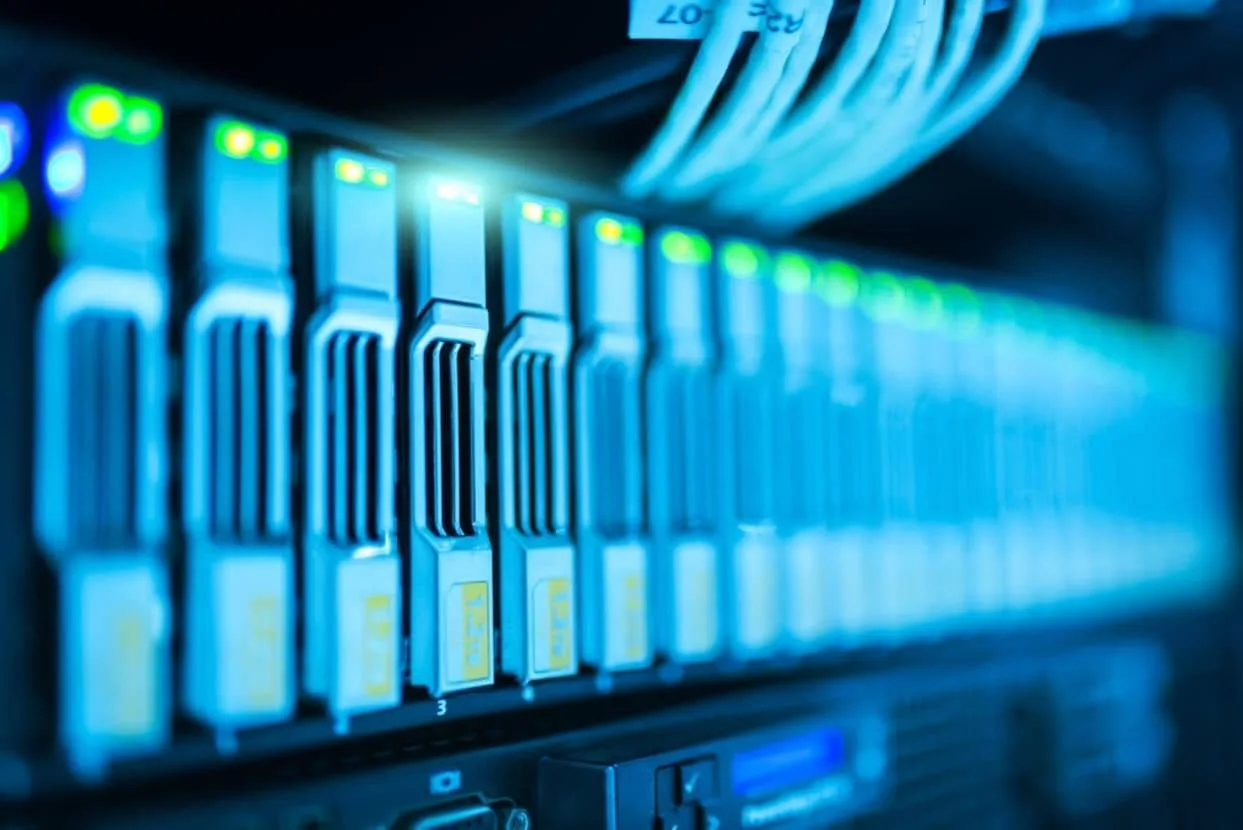The International Organization for Standardization’s (ISO) new Net Zero Guidelines urge organisations to select technology and service providers “committed to robust net zero targets.”
“Net zero” has been defined in a new set of guidelines as a “global basis for harmonizing, understanding, and planning for actors at the state, regional, city, and organizational levels.”
Organisations can take a variety of steps to address scope 3 emissions, including prioritising suppliers based on their climate strategy, past performance, and the transparency of their emission data.
The document also addresses the use of technology in other ways. ISO 50001, for example, addresses energy management systems to improve the efficiency of energy consumption, a topic covered in scope 1 and 2 emissions.
Organisations are also encouraged to integrate climate criteria into research, development, and product and service design processes in order to improve energy performance and develop circular economy solutions along with recommendations to optimise the energy use of buildings.
According to IoT Alliance Australia, Internet of Things (IoT) technology could play a “critical” role in helping companies measure, report on and reduce their carbon footprint,
At the IoTAA State of the Nation event in Sydney oTAA CEO Frank Zeichner said “We are very good at measuring production. We are not so good at measuring waste and we sure aren’t good at measuring consumption,”
Vocus announced in October that it was working with its third-party data centre providers to determine the optimal process for managing emissions associated with its facilities.
In Australia, some companies are conducting screening of third-party technology providers. Vocus has begun a scope 3 emission screening process to identify and quantify its indirect emissions.
In 2021 Cloudflare announced it will create a new bluprint to help power the Internet with zero carbon emissions and would operate on 100 percent renewable energy







